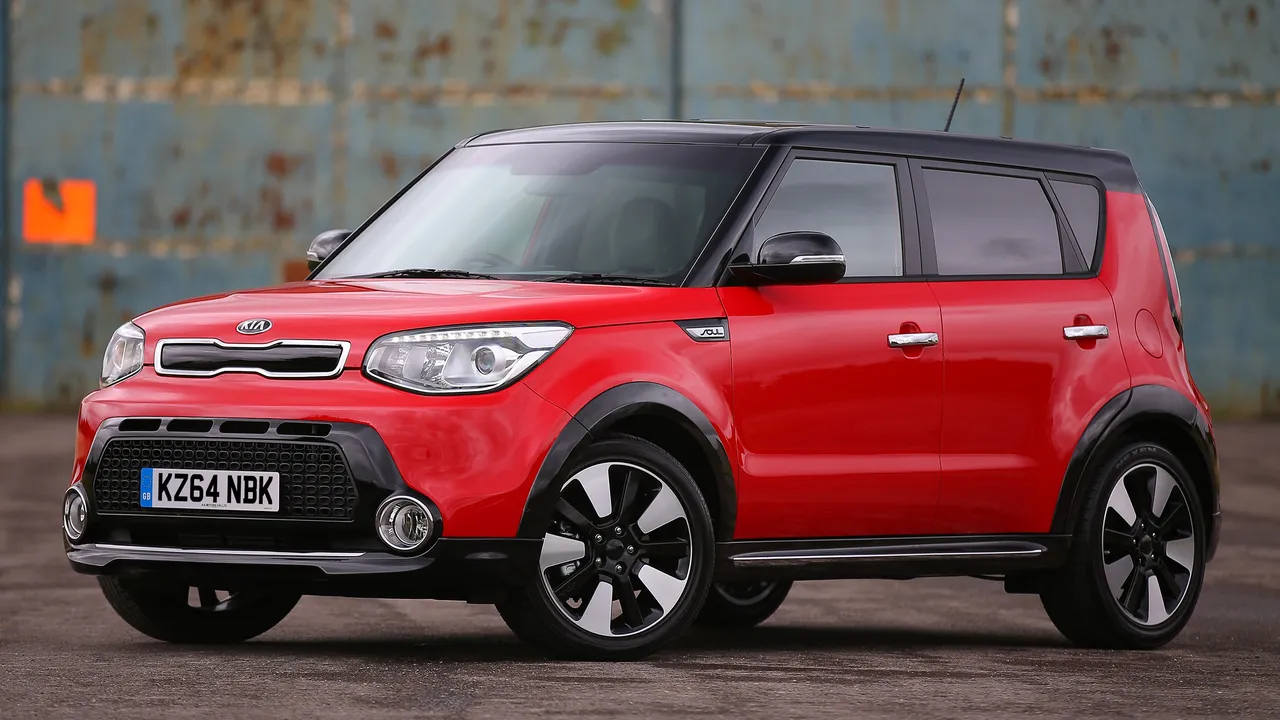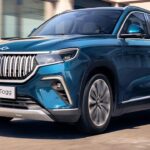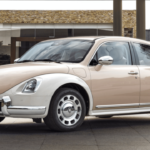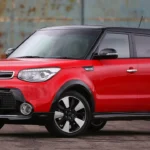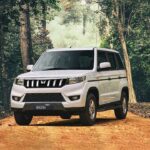Kia Motors, a leading automaker in the global automotive market, has recently reported a significant dip in its sales figures for 2025. This downturn is not only concerning for the brand but also highlights the growing pressures in the automotive industry, particularly in the electric vehicle (EV) segment. While Kia has been a prominent player in the compact and mid-size car market, its struggle to maintain momentum in the face of fierce competition is a sign of the changing dynamics within the industry.
The Rising Popularity of Electric Vehicles
The most prominent challenge faced by Kia in 2025 is the intense competition in the electric vehicle (EV) market. As governments across the globe push for greener alternatives to fossil fuel-powered cars, automakers are racing to introduce their own electric vehicles. Kia, which has made strides in developing its electric car lineup, including the popular Kia EV6, is now facing tougher competition from both established car manufacturers and new entrants in the EV market.
The rapid shift towards electric mobility has shifted the consumer mindset, with more buyers now prioritizing sustainability, zero-emission technology, and advanced features. While Kia has invested in its EV offerings, including plans to expand its EV range in the coming years, the pace at which new competitors are entering the market has caught the brand off guard. Many traditional automakers have significantly ramped up their efforts to dominate the electric vehicle market, adding to the pressure on Kia to remain relevant and competitive.
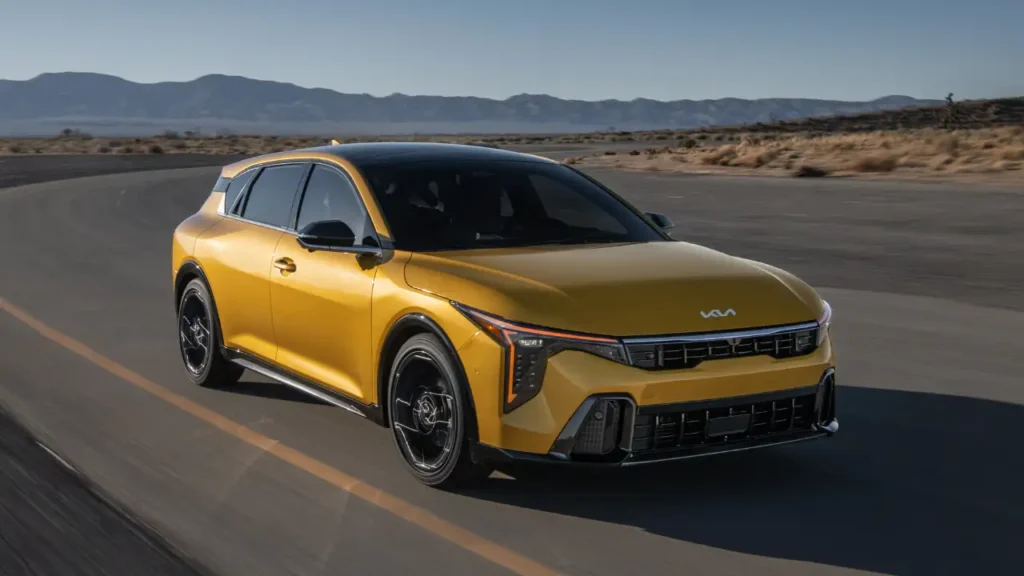
Intensifying Competition from Global Automakers
Kia’s sales slump is directly tied to the growing number of automakers entering the electric vehicle market with more attractive offerings. Traditional carmakers like Hyundai, Volkswagen, and Ford have ramped up their EV production with highly anticipated models that cater to various segments. Additionally, newer players such as Tesla, Rivian, and Lucid Motors are reshaping the landscape by offering premium and performance-driven EVs that are quickly gaining traction among consumers.
Hyundai, Kia’s sister company, has also been more aggressive in its EV strategy, overshadowing Kia’s efforts in some markets. The brand’s flagship electric vehicle, the Hyundai Ioniq 5, has received positive reviews for its innovative design, advanced technology, and exceptional driving range. This, combined with the increasing number of electric crossovers and sedans hitting the market, is making it harder for Kia to maintain its competitive edge in the electric vehicle sector.
In addition, the influx of newer, more affordable electric vehicles from companies like BYD, NIO, and the entry of Chinese EV manufacturers into international markets has further exacerbated Kia’s struggle. These companies are offering high-tech electric cars at more competitive prices, appealing to a broader audience.
Challenges in Core Markets
The sales dip Kia has experienced in 2025 is also linked to challenges in its key markets. While the brand has seen success in some regions, it has faced difficulties in maintaining its growth trajectory in others. The U.S. and European markets, which have traditionally been strongholds for Kia, are becoming increasingly challenging due to heightened competition and market saturation.
In the U.S., consumer preferences are shifting toward larger electric vehicles such as SUVs and pickup trucks. While Kia has a strong presence in the compact SUV segment, the demand for larger EVs with greater range and performance is growing rapidly. To meet this demand, Kia will need to expand its electric SUV and truck lineup, which may require substantial investment and time to develop.
In Europe, the competition is even more fierce, with many automakers offering advanced electric models that appeal to eco-conscious consumers. European buyers have become increasingly discerning, with a strong preference for models that offer cutting-edge technology, safety features, and eco-friendliness. Kia’s EV offerings, although competitive, are often overshadowed by the advanced electric options from competitors.
High Production and R&D Costs
Another significant factor contributing to Kia’s dip in sales is the rising cost of production and research and development (R&D). While electric vehicles have become a top priority for automakers worldwide, the production of EVs is costly. Battery technology, charging infrastructure, and the continuous innovation required to stay competitive all come with high costs that are ultimately passed onto the consumer.
Kia, like many automakers, has faced challenges in balancing the cost of EV production while maintaining competitive pricing for its vehicles. As the brand aims to expand its EV lineup and integrate new technologies, the costs involved in development and manufacturing continue to rise. This creates a difficult scenario for Kia, which must meet consumer demand for affordable EVs while also ensuring the sustainability of its business in the face of these rising costs.
Kia’s Strategy to Regain Sales Momentum
Despite the hurdles, Kia is not giving up on its efforts to turn the situation around. The company has set ambitious plans to electrify a significant portion of its portfolio in the coming years. This includes an expanded range of electric vehicles that cater to various consumer preferences, from compact cars to larger SUVs.
Kia is also focusing on improving its brand presence by investing in advanced technologies like autonomous driving, artificial intelligence, and connected car features. The company understands that to remain competitive, it must go beyond just producing EVs; it must offer a complete driving experience that appeals to tech-savvy, environmentally conscious consumers.
Moreover, Kia is exploring new markets and partnerships to drive growth, particularly in emerging economies where electric vehicle adoption is on the rise. By focusing on affordability and providing tailored solutions to local markets, Kia hopes to attract more customers and regain lost ground in 2025.
Conclusion
Kia Motors’ sales dip in 2025 can be attributed to a combination of factors, including intensifying competition in the electric vehicle market, changing consumer preferences, and challenges in core markets. While the company has made strides with its EV lineup, it faces increasing pressure from both traditional automakers and new entrants in the EV space. To recover from the sales slump, Kia must accelerate its electric vehicle strategy, improve the affordability of its cars, and enhance its technological offerings to meet the evolving demands of today’s consumers.
As the automotive industry continues to evolve, Kia’s success will depend on its ability to adapt to these changing dynamics and deliver innovative, sustainable, and competitive vehicles to the market.
